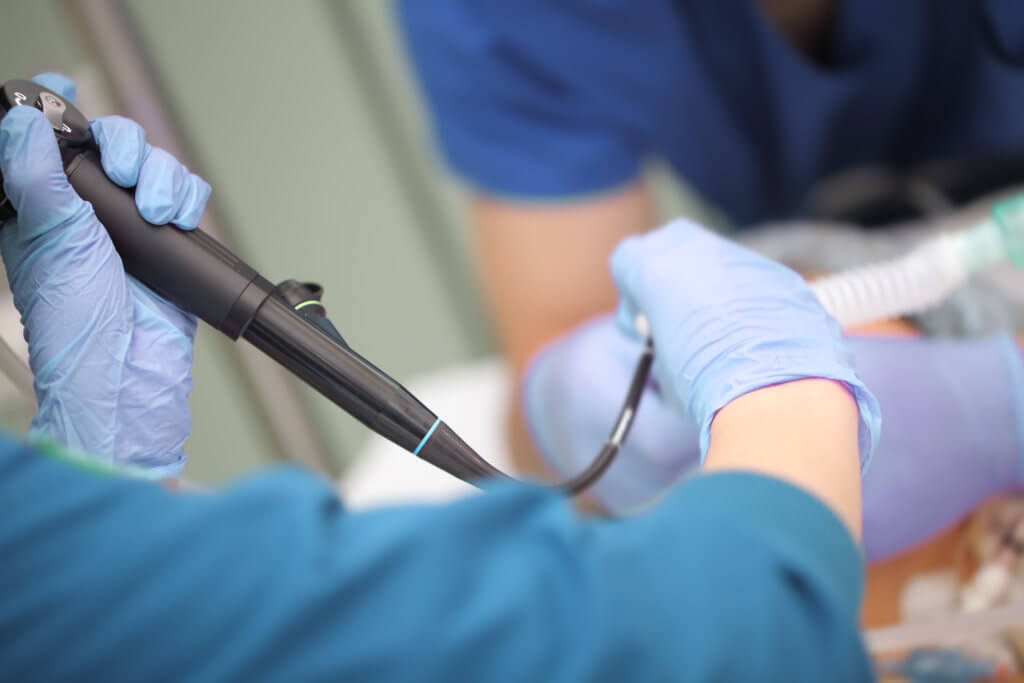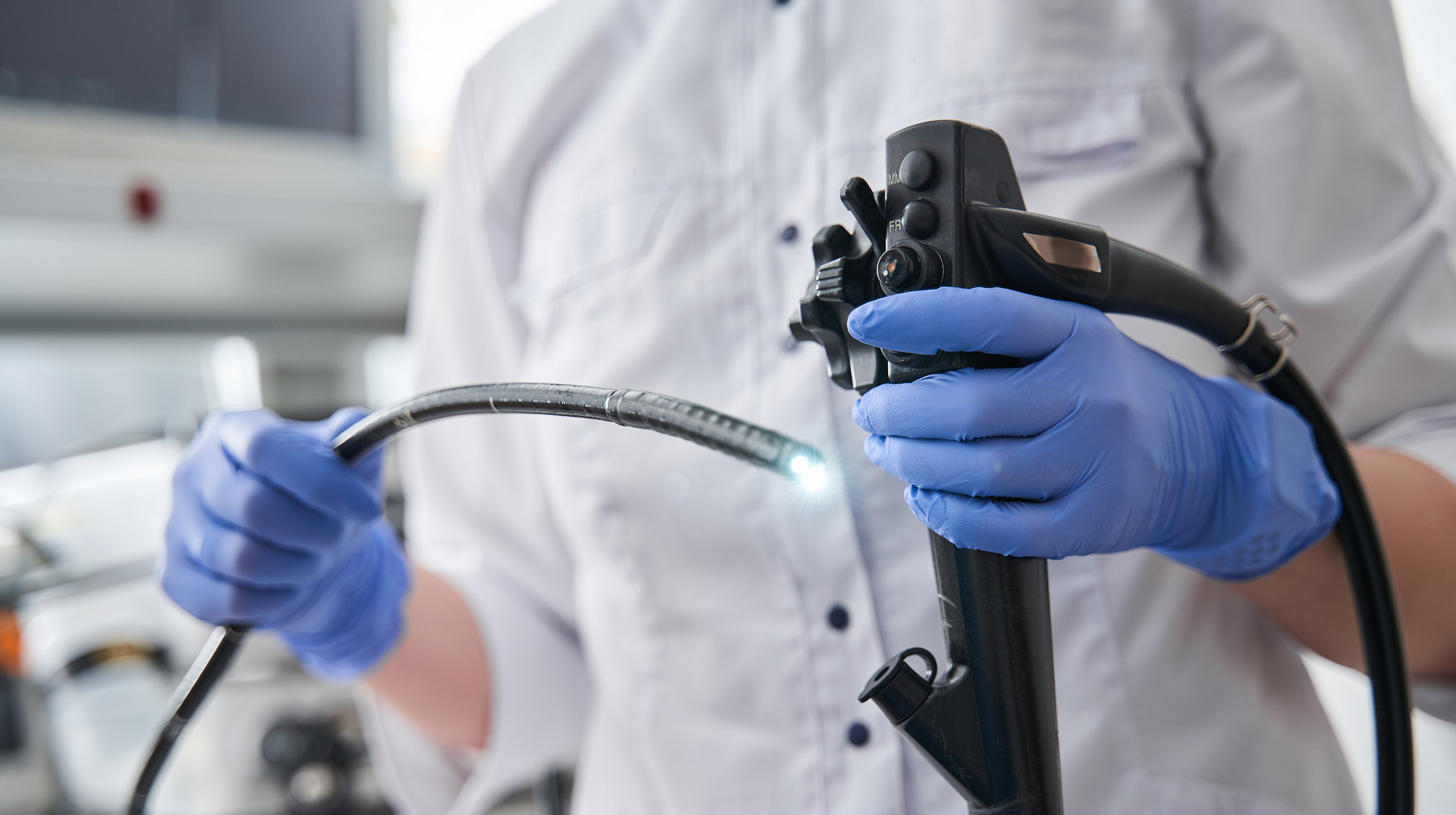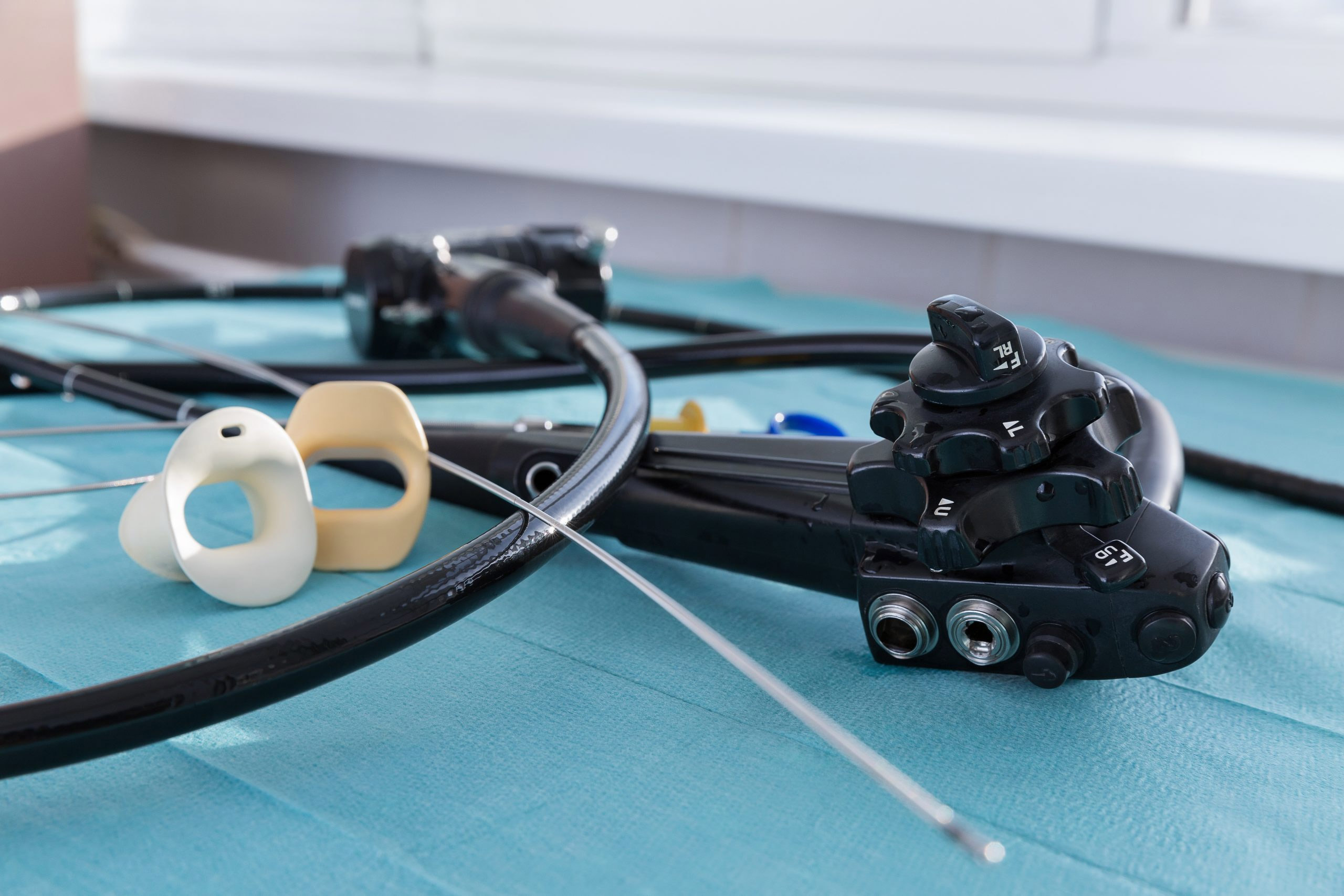
The risk of patient infection from improperly processed medical devices is a “critical concern” included in a new Food and Drug Administration report identifying its top regulatory science priorities.
The list, from the FDA’s Center for Devices and Radiological Health (CDRH), is intended to guide policy makers crafting regulatory decisions involving new science and technology. Better leveraging big data, enhancing medical device cybersecurity, and streamlining clinical trial design are some of the 10 priorities detailed in the report.
CDRH lays out three overarching objectives to better understanding the effectiveness of antimicrobials, sterilization, and reprocessing medical devices:
“As medical devices become increasingly complex in design and materials, reprocessing challenges for these devices increase correspondingly,” the report states. “A multidisciplinary and collaborative approach, by the infection control community and standards bodies, will improve patient safety as medical devices continue to evolve.”
The complexity of endoscopes—with their unwieldy, long, narrow channels, right-angle turns and small crevices—make them extremely difficult to clean. Hospitals experience high demand for patient-ready bronchoscopes compared with other endoscopy programs and to meet that need they keep large inventories of the instruments on hand. That creates a host of reprocessing challenges.
This report is similar to a 2018–2020 strategic plan adopted by CDRH, according to MedTech Dive, but also reflects some broader healthcare industry challenges that the agency is working through. That includes congressional scrutiny of duodenoscope reprocessing as a result of FDA data showing high contamination rates in the devices.
The CDRH is tasked with assuring the safety, effectiveness, performance, and quality of medical devices and radiation-emitting products used to treat, prevent, and diagnose disease. The priorities in this report were developed with the aid of subject-matter experts and focus groups and were refined using a four-pronged set of criteria:
Click here to download the report.


